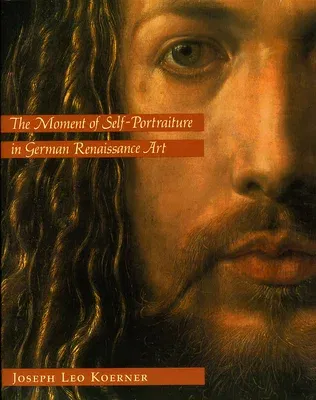In this groundbreaking and elegantly written study, Joseph Koerner
establishes the character of Renaissance art in Germany. Opening up new
modes of inquiry for historians of art and early modern Europe, Koerner
examines how artists such as Albrecht Durer and Hans Baldung Grien
reflected in their masterworks the changing status of the self in
sixteenth-century Germany.
"[A] dazzling book. . . . He has turned out one of the most powerful,
as well as one of the most ambitious, art-historical works of the last
decade". --Anthony Grafton, "New Republic"
"Rich and splendid. . . . Joseph Koerner's book is a dazzling display of
scholarship, enfolding Durer's artistic achievement within the broader
issues of self and salvation, and like [Durer's] great "Self-
Portrait" it holds up a mirror to the modern fable of identity". --
Bruce Boucher, "The Times"
"Remarkable and densely argued". --Marcia Pointon, "British Journal of
Aesthetics"
"Herculean and brilliant. . . . Will echo in fields beyond the
Sixteenth-Century and Art History". --Larry Silver, "Sixteenth Century
Journal"
"May be the most ambitious of recent American reflections on the
mysteries of German art. His elegantly written book deals with the
fateful period in the history of German art when it reached its highest
point. . . . Offers deeper and more disturbing insights into German
Renaissance art than most earlier scholarship". --Willibald Sauerlander,
"New York Review of Books"

